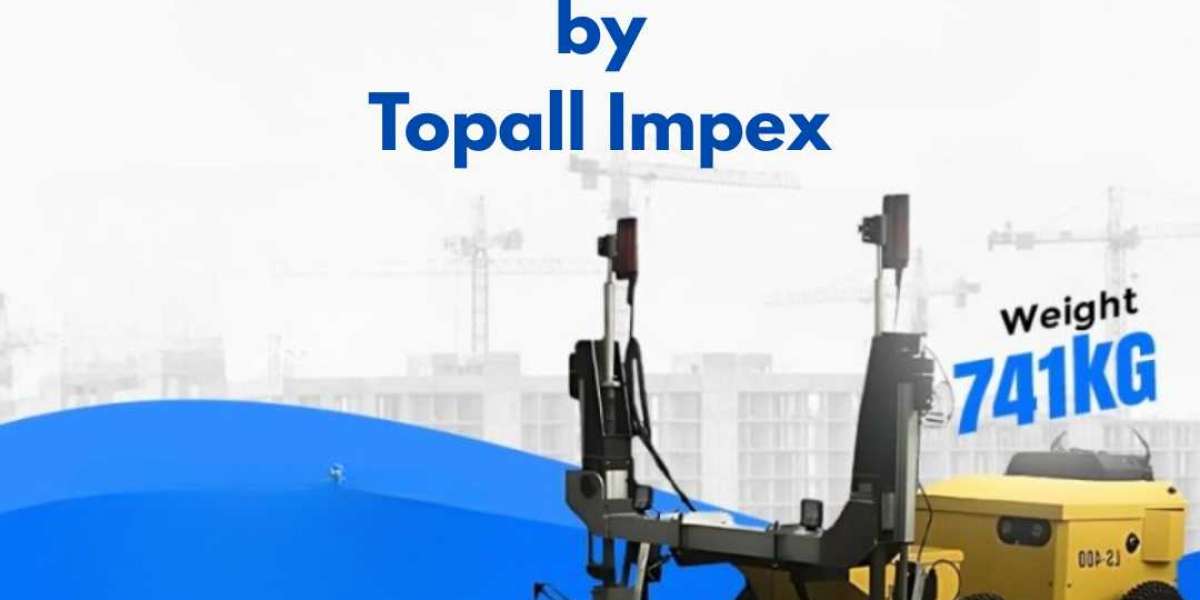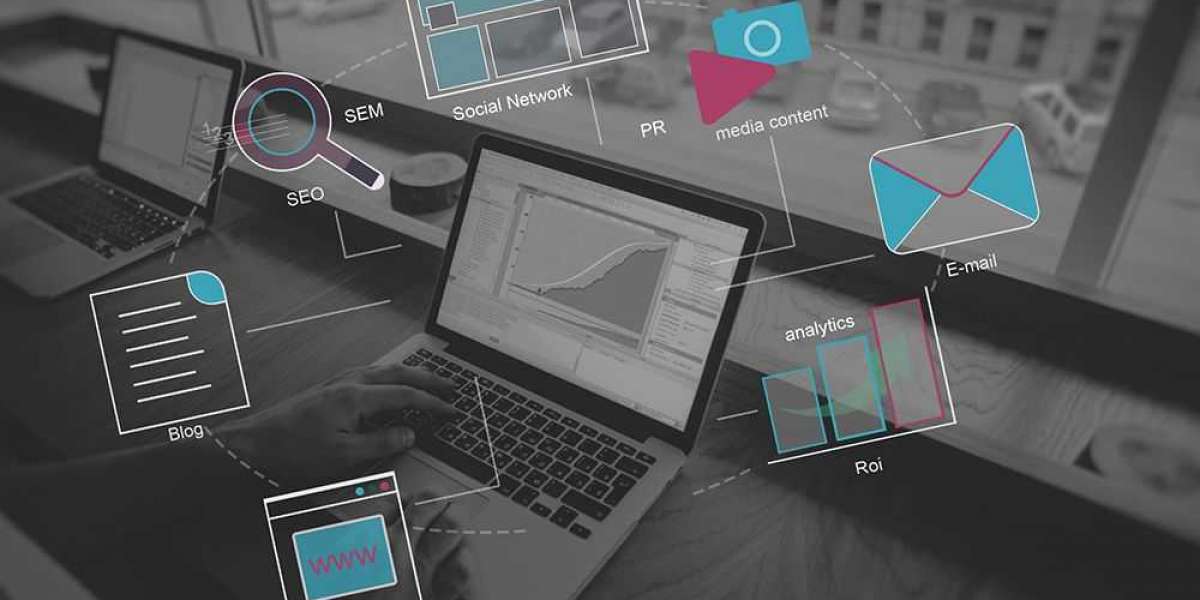In the rapidly growing construction industry, especially within light construction equipment, one of the most pressing decisions contractors face is whether to rent or buy their machinery. Equipment such as Bar Bending Machines, Bar Cutting Machines, and Bar Straightening Machines play a vital role in site productivity—but acquiring them can be a significant investment.
Understanding the Return on Investment (ROI) for both options is crucial. This blog breaks down the pros, cons, and hidden costs of renting vs. buying construction equipment so you can make a financially sound decision for your business.
Why ROI Matters in Construction Equipment Decisions
Return on Investment (ROI) is a measure of the profitability of an investment. In the context of construction equipment, ROI helps you evaluate whether purchasing a machine will yield greater long-term value compared to the recurring cost of renting.
The key factors that affect ROI include:
Frequency of equipment use
Equipment cost
Maintenance and storage expenses
Project timelines
Depreciation
Resale value
Buying Construction Equipment: Pros, Cons ROI Factors
✅ Advantages of Buying
Long-Term Savings: If you frequently use machines like a Bar Bending Machine or Bar Cutting Machine, ownership typically becomes more economical over time.
Asset Ownership: Equipment becomes a company asset, which can be sold or upgraded later.
Customization: Owned machines can be modified to suit specific project needs.
Unlimited Usage: No restrictions or rental time limits—work at your own pace.
❌ Disadvantages of Buying
High Initial Cost: Buying involves large upfront capital, which may strain budgets, especially for small contractors.
Depreciation: Equipment loses value over time, affecting resale price.
Maintenance Storage: You’re responsible for ongoing maintenance, repairs, and secure storage.
? ROI Considerations When Buying
Break-Even Point: Calculate how many days or projects are needed to recover the purchase cost.
Utilization Rate: If a Bar Straightening Machine is used more than 60–70% of the time, ownership usually has better ROI.
Lifespan Value: Consider how long the machine will remain efficient before requiring replacement.
Renting Construction Equipment: Pros, Cons ROI Factors
✅ Advantages of Renting
Low Upfront Cost: Perfect for startups and short-term projects with limited capital.
No Maintenance Costs: The rental company covers maintenance and repair.
Access to New Technology: Renting allows access to the latest machines without long-term commitment.
Project-Specific Use: Rent specific equipment like a Bar Cutting Machine only when it’s needed.
❌ Disadvantages of Renting
Higher Long-Term Cost: Repeated rentals over long periods can cost more than ownership.
Availability Issues: Desired machines may not be available during peak seasons.
Usage Restrictions: Most rental contracts come with time and usage limits that could delay work.
? ROI Considerations When Renting
Cost per Day vs. Project Duration: If a machine is needed for fewer than 30–60 days a year, renting may offer better ROI.
Project Budgeting: Rental costs are easier to track and include in project estimates.
Cash Flow Management: Renting keeps capital free for other investments like labor or marketing.
When to Buy vs. When to Rent: A Practical Comparison
| Situation | Buy | Rent |
|---|---|---|
| Long-term use (e.g., over 150 days/year) | ✅ | ❌ |
| Short-term or one-time project | ❌ | ✅ |
| Limited upfront capital | ❌ | ✅ |
| Customization needed | ✅ | ❌ |
| Uncertain future workloads | ❌ | ✅ |
| High equipment availability needed | ✅ | ❌ |
Case Study: Bar Bending Machine ROI
Let’s say a Bar Cutting Machine costs ₹2,50,000 to purchase. Renting it costs ₹3,000 per day.
Break-even Point: ₹2,50,000 / ₹3,000 ≈ 84 days
If you use it more than 84 days in a year, buying yields a better ROI.
If your usage is below 60 days, renting is more economical considering you’ll avoid maintenance, storage, and insurance.
Other Factors to Consider
? Maintenance Downtime
Buying means taking responsibility for repairs, which could lead to project delays if parts are unavailable. Rental companies often provide replacements immediately, reducing downtime.
?️ Storage Transportation
Owned machines require space for storage and vehicles for transportation—both come at a cost. Renting eliminates these worries.
? Technology Obsolescence
Construction technology is evolving. Buying may lock you into older machines, whereas renting gives access to the latest models, enhancing productivity.
Hybrid Model: The Best of Both Worlds
Many contractors adopt a hybrid approach:
Buy essential machines (like a frequently used Bar Straightening Machine)
Rent specialized or project-specific equipment
This balance reduces capital investment while maximizing flexibility and ROI.
Conclusion: Choose ROI Over Habit
There’s no one-size-fits-all answer. The key is to analyze how often you use machines like Bar Bending Machines, Bar Cutting Machines, and Bar Straightening Machines. Factor in maintenance, project duration, and financial flexibility.
? If a piece of equipment is core to your operation, buying usually pays off. If it's only needed occasionally, renting is smarter.
Careful ROI analysis helps you avoid overinvestment or unnecessary rental expenses—ensuring smarter decisions that boost your bottom line.
? Optimize Your Equipment Strategy Today
Whether you’re a growing contractor or an established builder, evaluating the ROI of renting vs. buying light construction equipment helps you:
Improve cost-efficiency
Stay competitive
Deliver projects on time and within budget
Looking for more insights on light construction tools or specific guides for Bar Cutting Machines and more? Stay tuned to our blog for expert resources.








